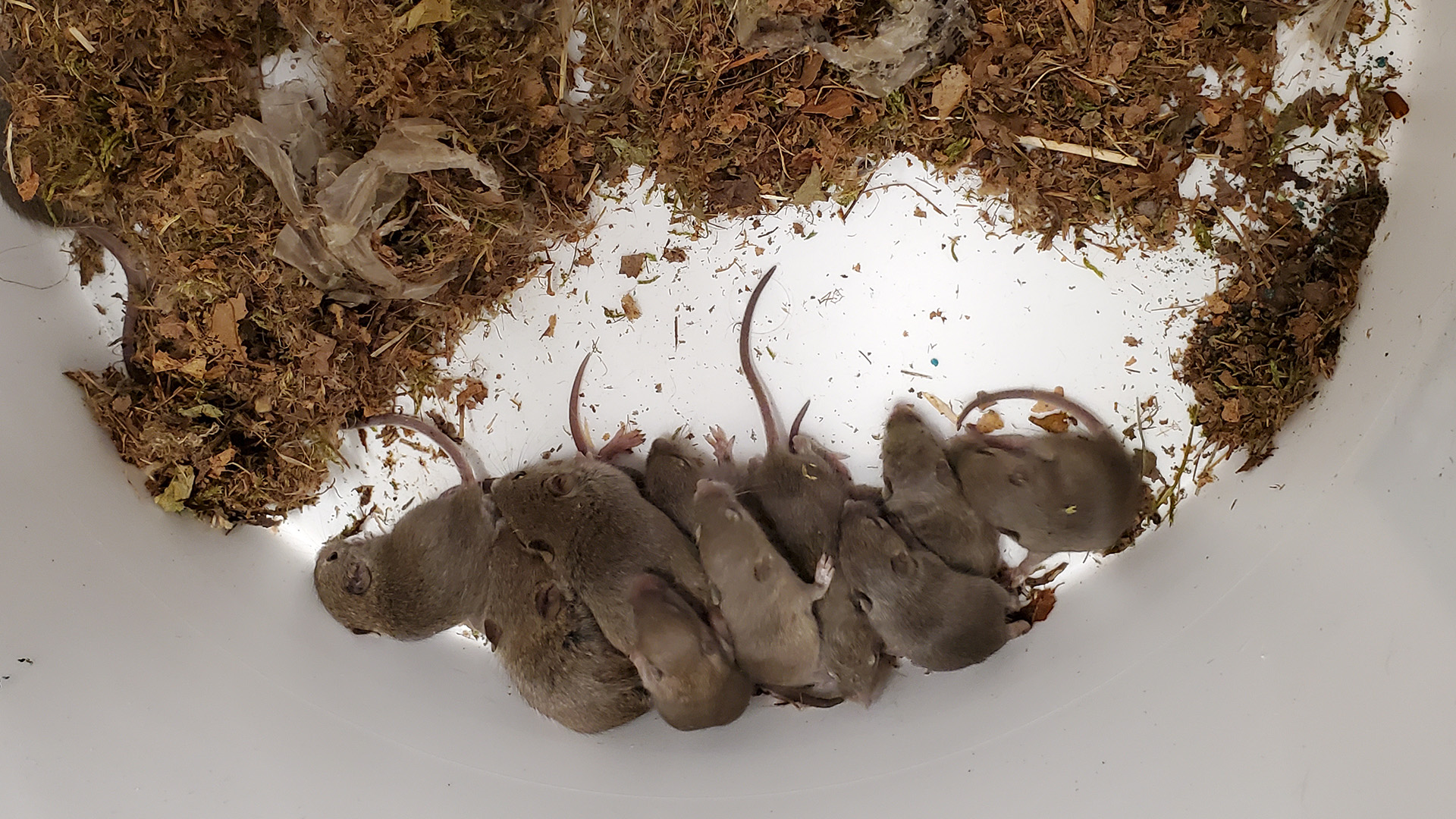Ready for some mouse math? Mice reach sexual maturity and begin reproducing at only two months old. The average litter includes eight pups, and each mouse can have up to 10 litters in a year. That means an average mouse can produce 80 pups a year. And each pup starts reproducing after two months, so what started as a small mouse problem can quickly become a big one. Left unchecked, two mice can become 5,000 in a year. So, what’s the solution? Exclusion!
Start at Zero
As with many problems, prevention is better than treatment. If you can keep mice out of your home or business, you don’t have to worry about their reproduction rates.
Unfortunately, this sounds easier than it is. That’s because mice can fit through a space smaller than the size of a dime, and most homes and buildings have multiple access points at least that small.
There are steps you can take to make it harder for mice to access your interior.
- Inspect your foundation. Repair or fill any holes or gaps, paying special attention to areas around pipes or wires entering the home.
- Go down into your basement on a sunny day. Turn off all the lights and look for places light is getting in, then fill those gaps. Steel mesh works well around pipes and wires.
- Keep bushes and trees trimmed and away from the house, so mice don’t use them to gain access to any gaps around windows and doors. Avoid putting anything up against the house that pests—from mice to bugs and more—can use to gain access.
- Make sure doors, screens and windows are in good repair. If there is a gap under a door, install a door sweep that is embedded with metal wiring, which mice won’t chew through.
Because mice can damage items in storage, including wiring in vehicles, lawn mowers and snowblowers, you should also take the same precautions in your garage, shed or other outbuildings.
Add In Expert Help
In addition to the damage they cause, mice carry diseases, roam kitchen counters and get into stored food products, contaminating 10 times more food than they actually eat. That adds up to a big risk to your health and safety. If despite your best efforts, mice find their way inside, call us for an expert assessment of the problem and a treatment plan.

